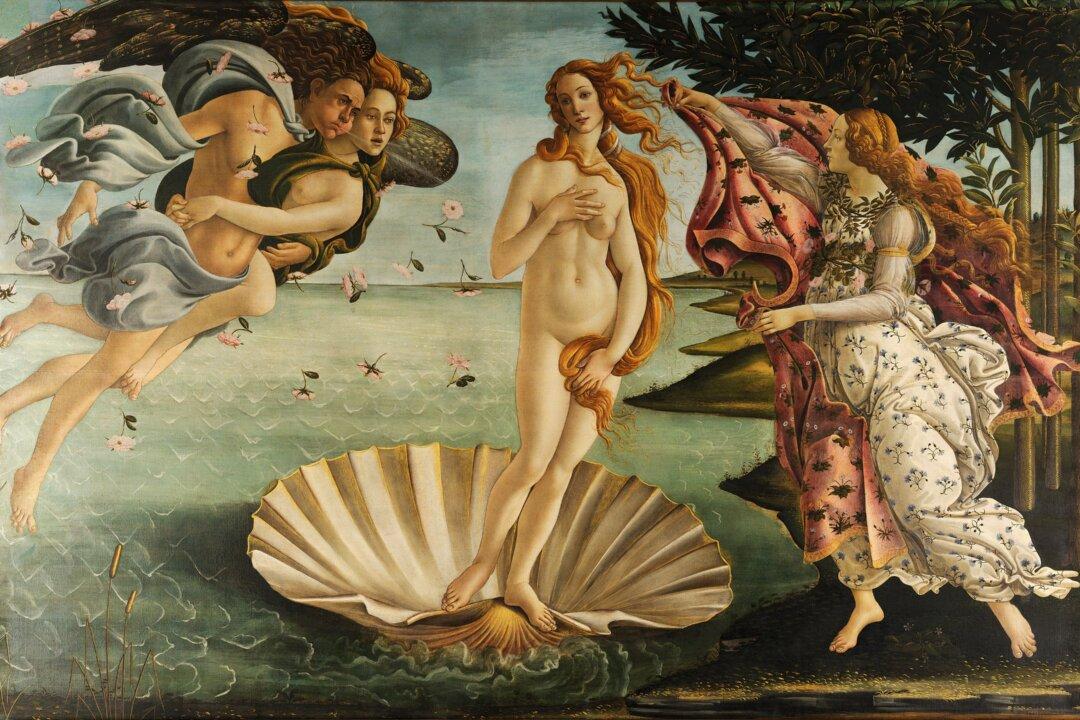Four or five times a week, I escape the solitude of the house where I live and head into Front Royal, Virginia, to the Happy Creek Coffee Shop to write for a while and surround myself with other people. Originally built as a stable and livery in the 1880s, Happy Creek today serves not only as a coffee shop and café but also as a gallery. Local artists hang their paintings and drawings from the old brick walls for about a month, and then a new display goes up.
Coffee Shop Epiphany
This week a 16-year-old, Dominica, whose father is a friend of mine, exhibited her work on one wall of the shop while a girl of 15, unfamiliar to me, arranged her paintings on the wall opposite. Both young women display incredible talent, particularly in their paintings of the human form.What fascinated me, however, was my reaction to Dominica’s paintings. On the wall to the left of the doorway were her renditions of human faces, mostly female and exquisitely portrayed. On the right side of the doorway hung her abstract compositions.






